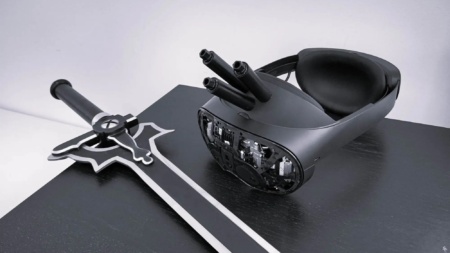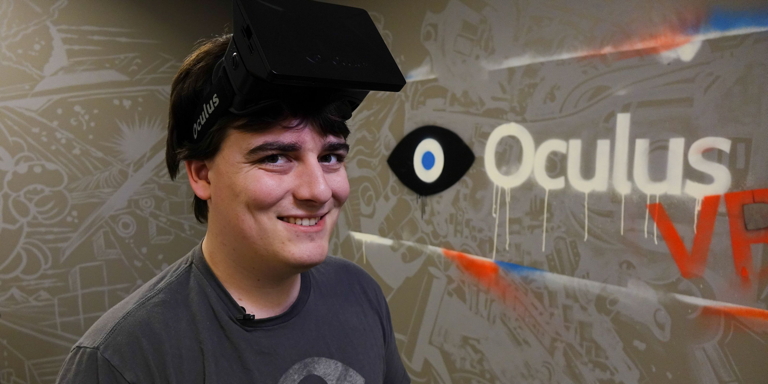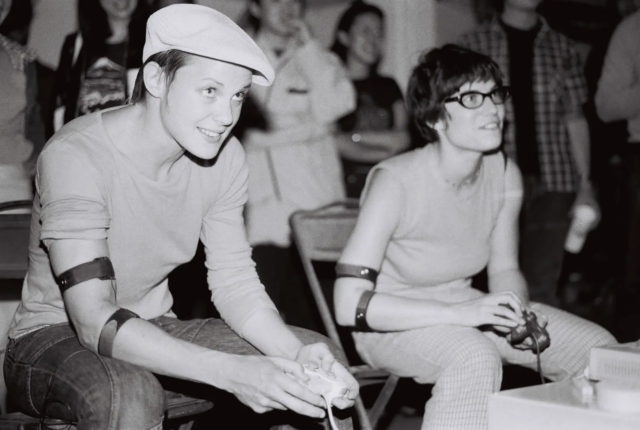
The idea of death during video games has been widely used in some literary works of the last decade. However, Oculus co-founder Palmer Lucky went further and made the fantasy come true.
On his personal blog , Lucky writes about a new virtual reality headset he has developed with three built-in explosive charges that can “instantly destroy the user’s brain.” The charge is triggered through a “photo sensor that responds to the red flashing of the screen at a certain frequency” when the result is “Game Over”.
The lethal headset (similar to the images of a modified Meta Quest Pro ) according to Lucky “is at the moment just a work of office art that prompts reflection and reminds of uncharted paths in game design.”

Lucky writes that he has always been fascinated by the idea of connecting real life with the virtual:
“You instantly raise the stakes [in the game] to the maximum level. People are being forced to fundamentally rethink how they interact with the virtual world and players.”
The co-founder of Oculus connects his passion with Sword Art Online (SAO) – a series of Japanese novels (with additional anime, video games, etc.) about the multiplayer virtual role-playing game of the same name. According to the story, thousands of SAO players are trapped in their NerveGear headsets with a death threat from a built-in microwave generator that will actually kill users if they die in-game or try to remove the headset.
SAO was actively distributed at the time when the first development of the Oculus Rift was launched on Kickstarter in 2012, and only stimulated the massive distribution of the headset.
“Japan has become our second largest market,” Luckey says, adding that “literally thousands” of fans reached out to him about Sword Art Online over the course of the year and asked, “When are you going to make [headset] NerveGear real?!”
Lucky is confident that “only the threat of serious consequences can make a game real” and compares such a game to a sport. Although most sports injuries do not lead to instant death.
And although Palmer writes that this area of game mechanics has never been explored, it is not. In 2001, the PainStation installation was introduced – users who lost a game of Pong were subjected to shocks similar to stun guns. In the same year, in the Tekken Torture Tournament fighting game competition, 32 participants (who had previously given their consent to the blows) received strong, but not fatal electric shocks (corresponding to the severity of the injuries that the avatars of the players received on the screen).

Last year, the US Food and Drug Administration approved a virtual reality pain management system that uses “established principles of action designed to address the physiological symptoms of pain and aid in pain relief.”
In any case, Lucky refers to the “large number of malfunctions that can happen and kill the user at the wrong time”, explaining why he did not dare to actually use his deadly headset. However, the project shows that Palmer is still deeply interested in the topic of virtual reality – even five years after being fired from Oculus parent company Facebook (now Meta) amid political sponsorship disputes (Lucky admitted he helped fund an Internet troll group that supported the candidate US President Donald Trump).
Since then, Lucky’s professional life has been focused on his military startup Anduril. However, in an April post on his personal blog, he wrote that the 10th anniversary of Oculus was “the right moment to finally unveil some VR technologies” that he couldn’t talk about “for various reasons.” It is unlikely that he had in mind a deadly headset, but this is not certain …
Source: Artechnika




